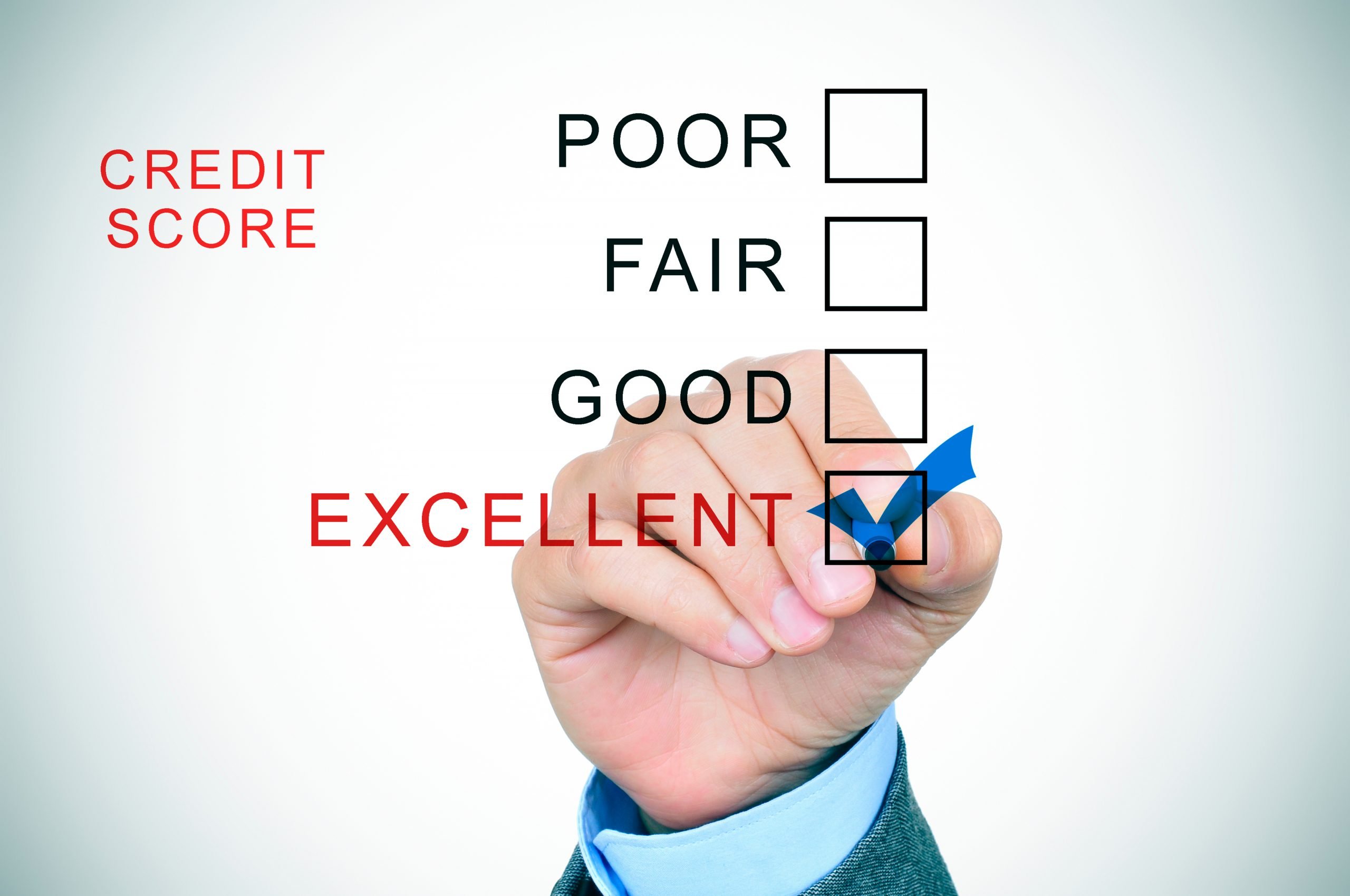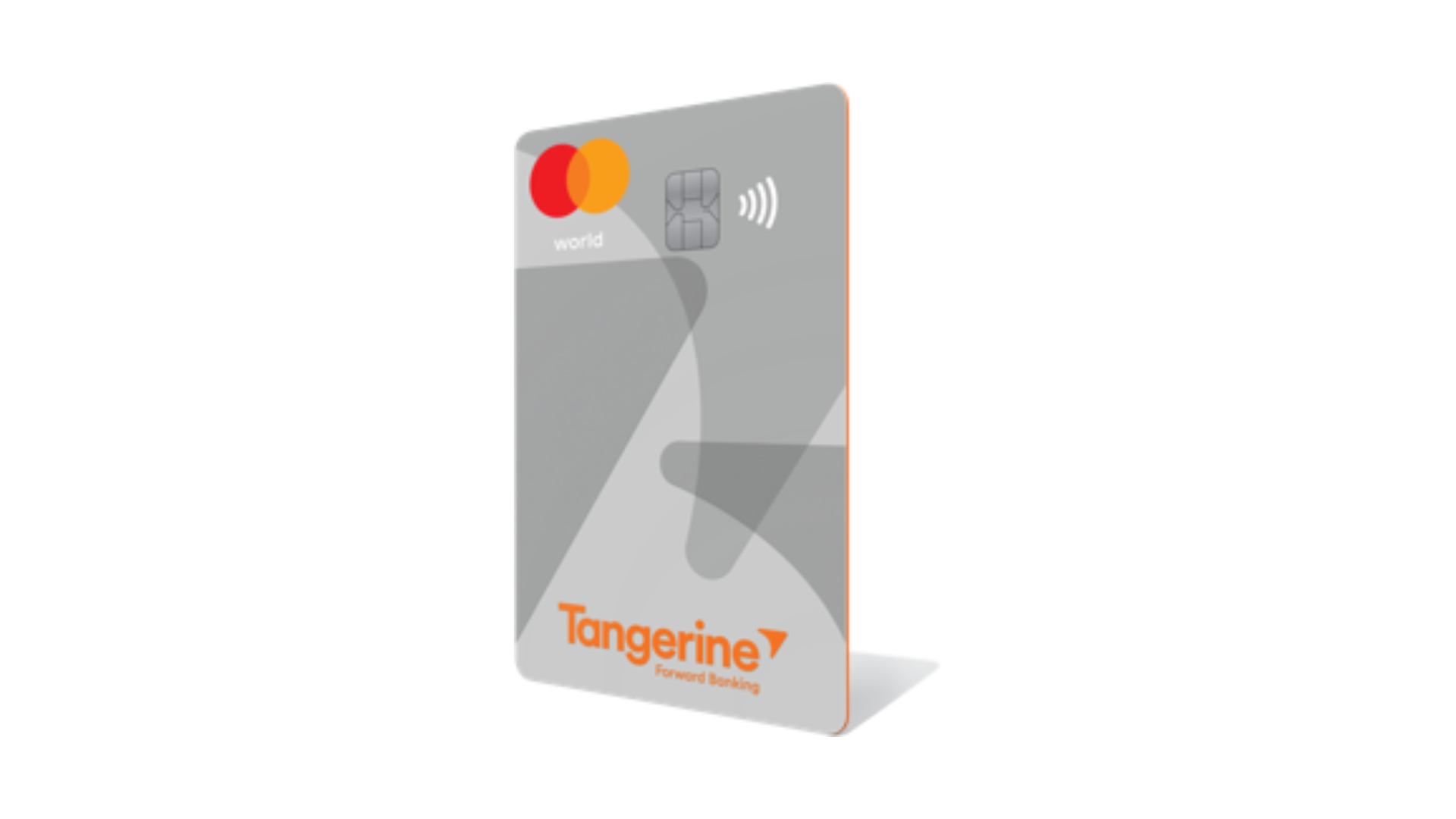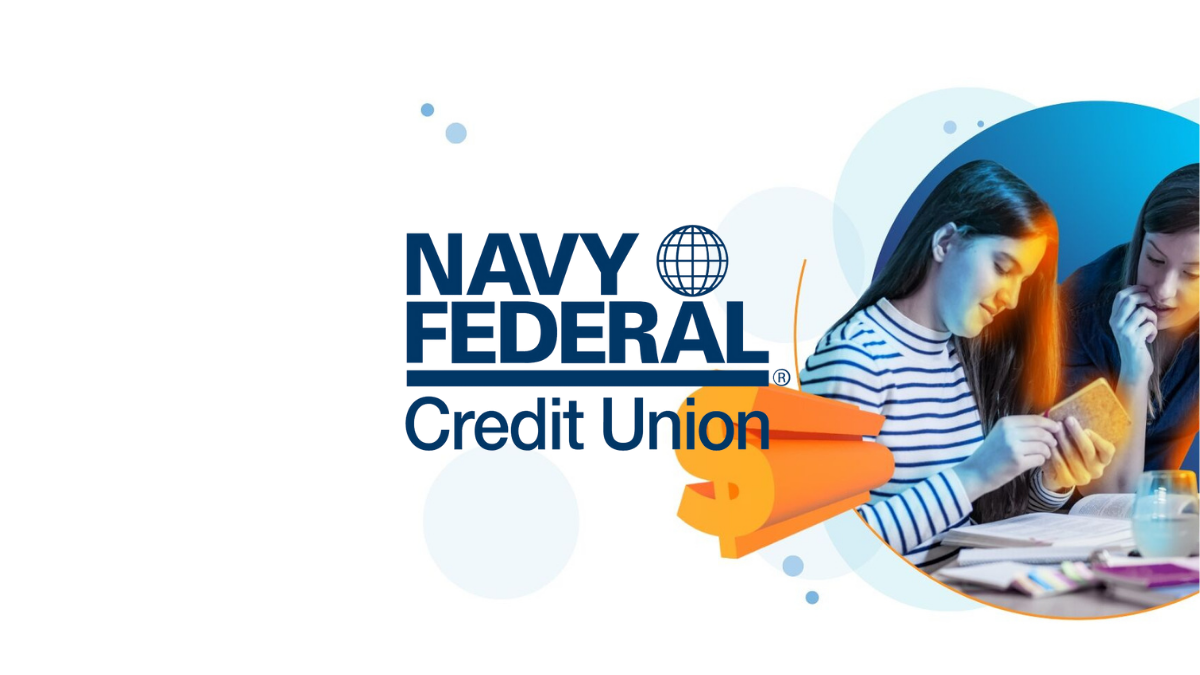Finances
The complete guide on how to refinance a mortgage
7 steps to getting a good mortgage refinance. Understand how this maneuver can reduce your total debt and mortgage time and even allow access to loans!
Advertisement
Learn how to refinance a mortgage and save money

It is possible to have better mortgage conditions without incurring breach of contract fines. Access lower interest rates, shorten your loan time, and much more. Indeed, this is possible for anyone who knows how to refinance a mortgage.

How to do a balance transfer on credit cards: 3 easy steps
Learn how to make the best use of a balance transfer, a feature that can reduce much of the debt you accumulate today on your credit card.
In this article, we are going to present a complete, step-by-step guide on how to benefit from mortgage refinancing.
As well as explaining the effects of this maneuver on your credit score. Check out the article below and learn how to refinance a mortgage.
Why you should refinance your mortgage: is it worth it?

A mortgage refinance and the chance to “reset” the initial contract you made to buy your home. Through this feature, you can seek better payment terms and even reduce your debt.
Thus, it is similar to normal financing and can be done at any company that offers this type of loan. In fact, there are six main ways of refinancing mortgages. Each of them offers a distinct benefit. Below is a list with the description of each of them:
You will be redirected to another website
You’ll receive messages for less than 1 week, with a maximum of 1 message per day. You can unsubscribe anytime by replying STOP. By submitting this form, I confirm that I am 18+ years old and agree to the Privacy Policy and Terms and Conditions. I also provide my signature, giving express consent to receive informational messages via automated emails, SMS, MMS text messages, and other forms of communication. Message frequency may vary as part of our good-faith effort to respond to your inquiry. Message and data rates may apply. Text STOP to cancel. I understand that my consent to receive communications is not a condition of purchase and that I may revoke my consent at any time.
Rate-and-term refinance
These features allow the mortgage applicant to have lower interest rates for their mortgage. In addition, it is possible to reduce (or increase) the term of your mortgage.
It is typically sought after by anyone looking to reduce monthly payments or reduce overall debt.
Cash-out refinance
In this modality, you can withdraw an amount referring to the market price of the property you are buying. This is only available when there is a difference between the market value of the property and the amount paid.
The cashout goes to your account and you can use it however you want. However, the amount received will be added to the value of your mortgage. So you can make it longer or increase the monthly fee.
Cash-in refinance
This happens when a customer makes a one-time payment to reduce their debt and monthly payments. It can be interesting for those who want to shorten the payment as long as the amount paid does not compromise their budget.

What are Social Welfare Programs? Find out if you qualify
Explore the six federal wellness programs offered by the U.S government and find out if you are eligible for any of them!
No-closing-cost refinance
This is an inverse refinancing modality to the previous one. In this one, you get new conditions for your loan without paying an entire installment at once.
Instead, the lender agrees to distribute the amount payable over the current mortgage installments. Thus, your monthly fees tend to become higher.
Short refinance
Typically, this is a style of financing best suited when you have trouble paying your monthly payments on time. In this case, there is an agreement between the parties and a new total amount is defined for the debt.
In effect, this new value is lower than the previous one and the difference from the previous value is forgiven. This way, refinancing avoids a foreclosure. However, this maneuver does considerable damage to your credit score
Debt consolidation refinance
In fact, this type of refinancing is very similar to Cash-in refinance. However, the difference is that the money related to the value of the property is used to pay off debts. Plus, the effect is the same: increasing the value of your mortgage.
Each of the modalities has a specific benefit and should be chosen after careful consideration.
Does refinancing affect your credit score?
Yes, your credit score will be affected when you decide to refinance your mortgage. Once your refinance is accepted, your credit score will automatically drop. This movement is known and programmed.
So there is nothing you can do to get rid of it. In fact, this is a “defense mechanism”. Its objective is to prevent the same person from accumulating several loans in a short period of time.
As it is easy to imagine, this can be a risk factor for indebtedness, which is avoided by banks. Also, a refinance is the closing of one loan and the beginning of another. In this way, an older loan was finalized for the start of a new one.
In effect, this move lowers your “credit age”. This is an indicator that measures the time you use the same credit service. The longer the better. When you decide to make this change, your credit age goes down and your score goes down as well.
In addition, a simple query for the new loan can reduce your score by approximately 5 points. However, all these reduction effects are temporary. Normally, your credit will quickly return to the previous level. So just pay the monthly mortgage on time.
How to get the best deal on refinancing your mortgage: follow these 7 steps

We come to the “heart” of this article. In this topic, we will explain how to refinance a mortgage. So, take a look at this step by step and put them into practice to have great results:
Step 1: Set a goal
You should think carefully because you want to rely on this resource to choose the best refinancing modality. Therefore, it is important that you clearly understand what your objective is.
Looking for lower interest rates? Decrease loan time? Use the value of the property to invest? Think carefully.
Step 2: Check your credit score
Indeed, this score is very important for anyone who wants to apply for refinancing. In fact, people with better scores will have access to better opportunities. So, check your credit score before applying for your new loan.
Also, consider growing it for a few months before using this feature.
Step 3: Analyze your home equity
This tip is especially important for those who want to use the market value of the mortgaged house to pay bills or cash out. For this, you should consult the current value of your financed home with the help of a broker.
Subtract that amount from the debt today. The result is your net worth that can be traded on your new financing.
Step 4: Look for options in the market
You are not required to refinance with the company that gave you the first loan. So, you are free to search for good options in the market. Therefore, it is essential that you research well until you choose your new borrower.
Step 5: Organize your documents
Receipts, paychecks, engineering reports, renovation vouchers, house documents… It’s important to keep these papers organized. In effect, they will be requested when you finally enter the refinancing process.
Step 6: Evaluation
Your new creditors will review the property to come up with a final proposal. Typically, this assessment is paid and costs a few hundred dollars.
Step 7: Closure
In most cases, a down payment is required to start a new loan. So be aware of that. In most cases, your mortgage takes 15 to 45 days to validate.
As you’ve seen in this “how to refinance a mortgage” article, having a good credit score is important. So, click on the link below and understand how you can increase yours in simple steps!

What are credit scores? An uncomplicated guide
Do you know what credit scores are? Learn what the impact of this number on your financial life is and how to improve it!
Trending Topics

Tarjeta de crédito Bank of America® Travel Rewards
Con la Tarjeta de crédito Bank of America® Travel Rewards, gana puntos y canjéalos por viajes, cruceros, estadías en hoteles y ¡Más!
Keep Reading
Tangerine World Mastercard® credit card full review: should you get it?
Discover the Tangerine World Mastercard®, the credit card that combines up to 2% cash back and exclusive benefits that cannot be purchased.
Keep Reading
Enjoy low rates: Apply for Navy Federal Student Loan
Find out how to apply for a Navy Federal student loan and enjoy the benefits of a trusted and reputable lender! Flexible terms! Read on!
Keep ReadingYou may also like

College Ave Student Loan: find out how to apply!
Apply to College Ave Student Loan and get great APR for any student level, up to 15 years of repayment, and no additional fees. Know how!
Keep Reading
Buy cheap Spirit Airlines flights: easy step by step
Find out how to buy a pass for ultra-cheap flights with Spirit Airlines flights: with $20 you can travel around the country! Learn more!
Keep Reading
Apply for SpeedyNetLoan: Tailored Loans for Your Needs
Learn how to apply for up to $5,000 with SpeedyNetLoan with our guidance. Enjoy a quick, hassle-free process with diverse loan options.
Keep Reading